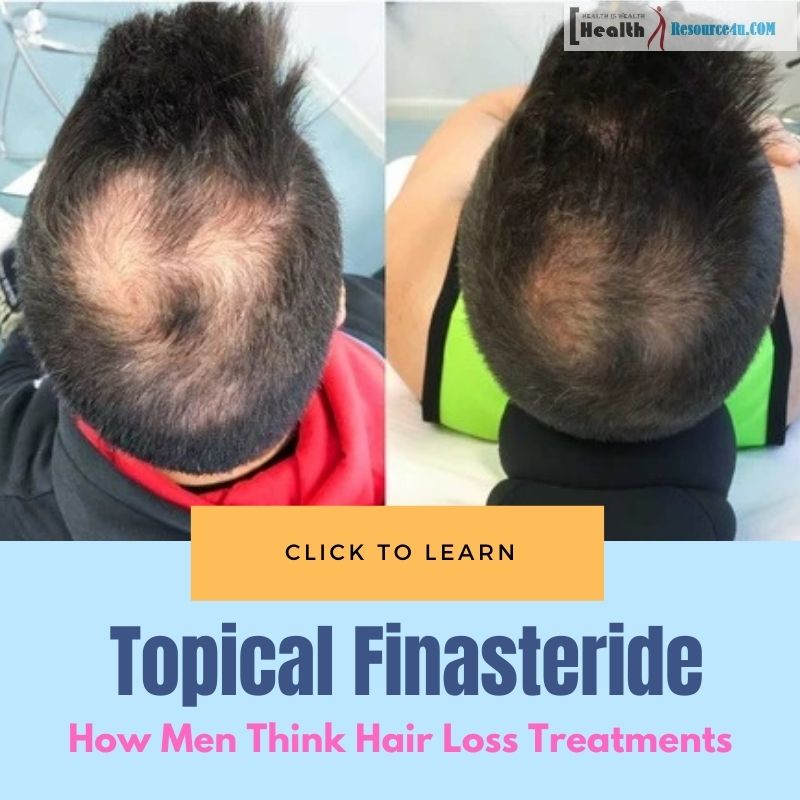Male pattern baldness (MPB) is a condition which affects many men at some point in their lives. In fact, it affects around two-thirds of men by the age of 35, and can begin much earlier than that in some cases.
MPB is the most common cause of things like receding hairlines and bald spots in men. It is known in the scientific community as Androgenetic Alopecia, and it is the most common form of hair loss that men experience.
What causes MPB?
Table of Contents
MPB is caused primarily by a hormone known as Dihydrotestosterone (DHT). DHT is a byproduct of testosterone, and is responsible for growth during puberty. However, exposure to DHT molecules also causes hair follicles to become weaker, making it one of the main culprits when it comes to hair loss.
There are many studies which have shown that if DHT is blocked, those who experience hair loss have a much better chance of preventing further hair loss and even re-growing hair – more on this below.
Hair loss treatments
As explained above, MPB is an extremely common issue for men, and as such, hair loss treatments have become a serious business in the last few decades. There are only two types of treatment which have been scientifically approved for treating MPB: Minoxidil and Finasteride.
Minoxidil works by improving the blood supply to your hair follicles, helping them to grow stronger hair. Finasteride works by reducing the amount of DHT, the hormone which is primarily responsible for causing MPB. Minoxidil is great at regrowing hair on your crown and preventing bald spots, whereas Finasteride is effective for combating receding hairlines and bald spots.
Minoxidil and Finasteride have long been a staple of the hair loss industry, as they’re both scientifically backed and readily available. As of late however, there are also some new players on the field who are making their way to the masses, and we’ll explain this in more detail below.
Finasteride safety and side effects
While Finasteride has been an extremely popular choice for men going through male pattern baldness for a while, the treatment is not without its side effects – although these are rare. Some men who take the traditional tablet form of the treatment complain of negative side effects such as swelling, itchiness and rashes. In some rare cases, sexual side effects have also been observed.
In one clinical trial, for example, 3.8% of patients who received a treatment of oral Finasteride tablets reported that they experienced some sort of negative sexual side effects. This was compared to 2.1% of the patients who were taking the placebo. Although this is only a small percentage of men, it’s still understable why some are anxious to try the treatment.
However, men who are thinking about taking finasteride need not worry about all this, because there is a new form of the treatment which carries far less risk of any of these side effects.
Topical finasteride
There are two forms of medicines available when it comes to hair loss: oral, i.e ingested in either tablet or liquid form, and topical, such as liquids and gels, which are used by applying them onto the area which is being treated.
Topical Finasteride is a liquid form of hair loss treatment, which is applied directly to your scalp in order to combat hair loss. The treatment works in the same way as oral Finasteride, by blocking the production of DHT – the primary cause of hair loss in men – however the treatment has far less risk of side effects sometimes seen with the tablets.
While other hair loss treatments often use harsh ingredients like alcohol and propylene glycol, you won’t find any of these in Topical Finasteride. These ingredients tend to cause irritation, itchiness and even dandruff when used, and by removing these from their solution, the topical treatment is a far more gentle option for your scalp.
One study, which took place in 2016, observed the side effects of Topical Finasteride compared with oral Finasteride, when prescribed to patients aged 18-40 years. The results of the study show that just 2 out of 52 patients who were given the topical treatment complained simply of a “mild burning sensation on the skin†(versus 3 men who received oral Finasteride), while no patients using Topical Finasteride complained of any kind of sexual side effects at all.
Where to find Topical Finasteride
Although the treatment is relatively new on the hair loss market, there are already places where you can find a safe, reliable and affordable provider of the treatment. For example, Freshman currently provides Topical Finasteride as a subscription which can be delivered straight to your door.
After you register online, one of Freshman’s clinicians will make sure that the treatment is right for you. Once you’ve been approved, they will ship your treatment off to you on the next working day. The treatment is free of any nasty chemicals, making it a safe option for men experiencing MPB.

